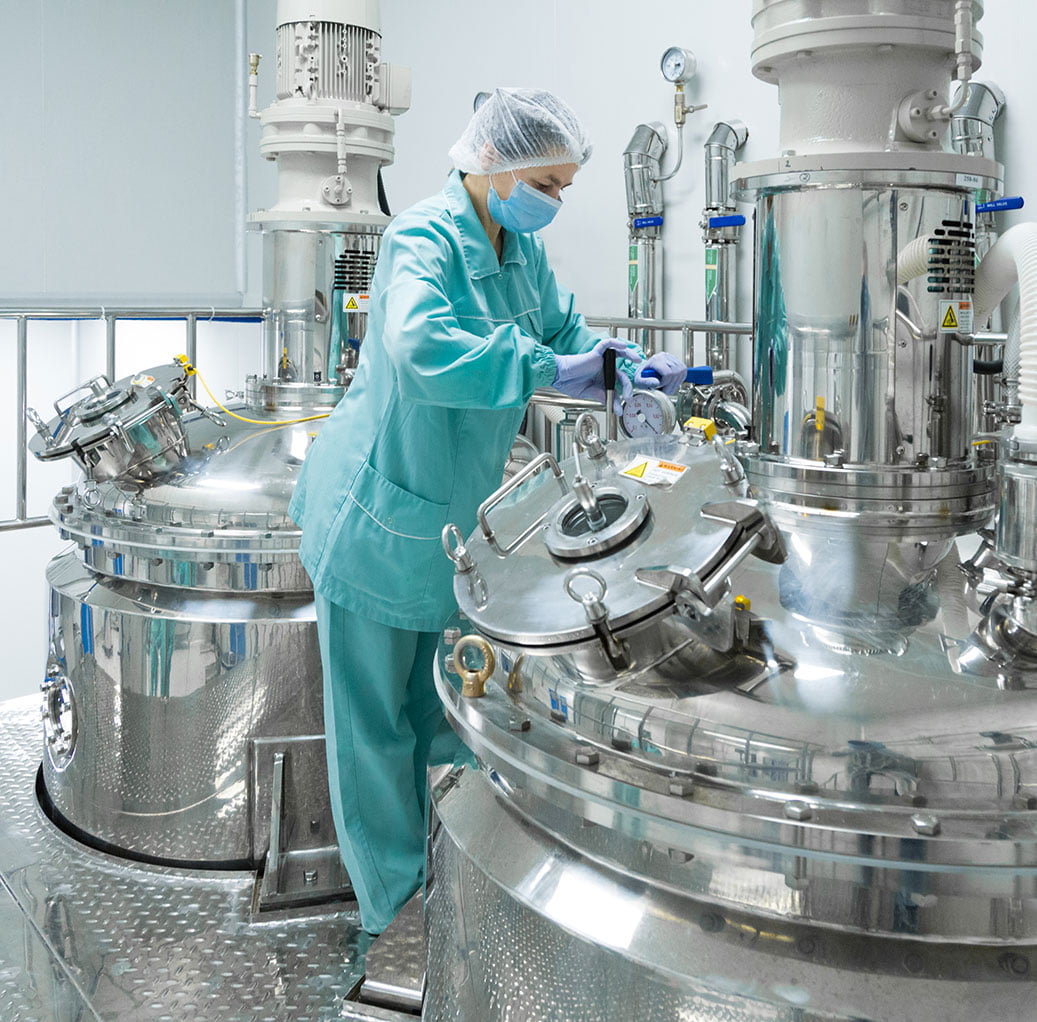Perfume has been used for centuries to enhance our personal scent and leave a lasting impression. But have you ever wondered what chemical components are responsible for creating those captivating aromas? In this blog post, we will delve into the world of fragrance chemistry and explore the key chemicals that make perfumes smell so delightful.
- Essential Oils and Aromatic Compounds:
At the heart of every perfume are essential oils and aromatic compounds. These natural or synthetic substances are responsible for the distinct scents we associate with different perfumes. Essential oils, derived from plants, contain volatile compounds that evaporate easily, releasing their fragrance. Aromatic compounds, on the other hand, are synthetic molecules designed to mimic the scents found in nature. - Top, Middle, and Base Notes:
Perfumes are composed of different layers of scents, known as top, middle, and base notes. Each note contributes to the overall fragrance and evolves over time as the perfume interacts with the wearer's skin. The selection and combination of specific chemicals determine the unique scent profile of a perfume.
- Top Notes: These are the initial scents that are immediately noticeable when you first apply the perfume. They are typically light, fresh, and evaporate quickly. Common top notes include citrus, fruity, and herbal scents.
- Middle Notes: Also known as heart notes, these scents emerge after the top notes have dissipated. Middle notes provide the main body of the fragrance and are often floral or spicy. They help to create a harmonious transition between the top and base notes.
- Base Notes: These are the foundation of the perfume and provide depth and longevity to the fragrance. Base notes are typically rich, warm, and long-lasting. Common base notes include woody, musky, and vanilla scents.
- Key Chemicals in Perfume:
a) Aldehydes: Aldehydes are organic compounds that add a sparkling, fresh quality to perfumes. They are often used in top notes to create a vibrant opening.
b) Esters: Esters are responsible for fruity and sweet scents in perfumes. They are commonly found in middle notes and contribute to the overall complexity of the fragrance.
c) Terpenes: Terpenes are aromatic compounds found in essential oils derived from plants. They provide a wide range of scents, from citrusy and piney to floral and herbal.
d) Musk Compounds: Musk compounds are synthetic molecules designed to replicate the scent of natural musk. They add warmth, sensuality, and depth to perfumes.
e) Vanillin: Vanillin is a key component of vanilla scents. It adds a sweet, comforting note to perfumes and is often used in base notes.
Conclusion:
Perfume is a fascinating blend of art and science, where chemistry plays a crucial role in creating captivating scents. Understanding the key chemicals that make perfumes smell delightful allows us to appreciate the complexity and craftsmanship behind each fragrance. So, the next time you spritz on your favorite perfume, take a moment to appreciate the chemistry that makes it truly enchanting.

